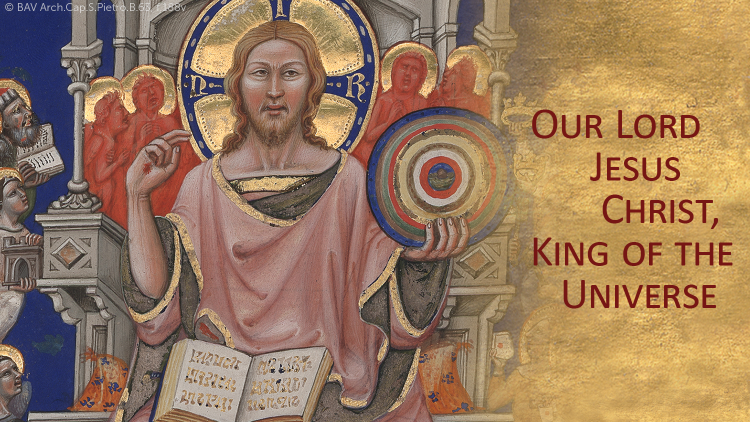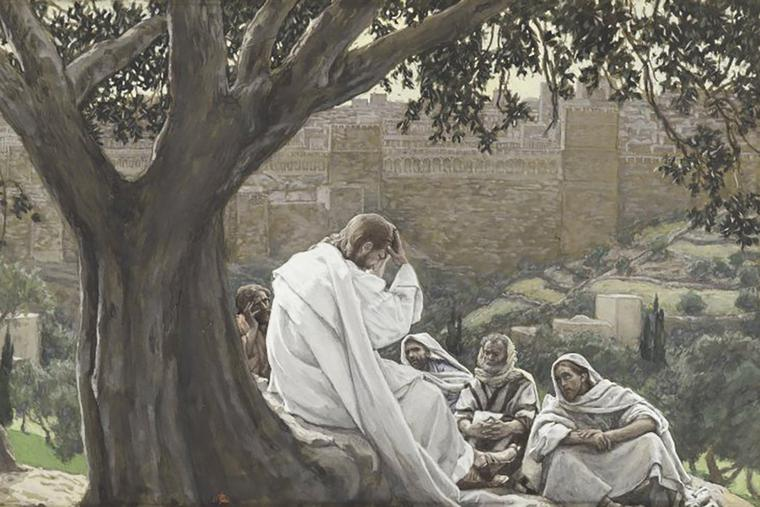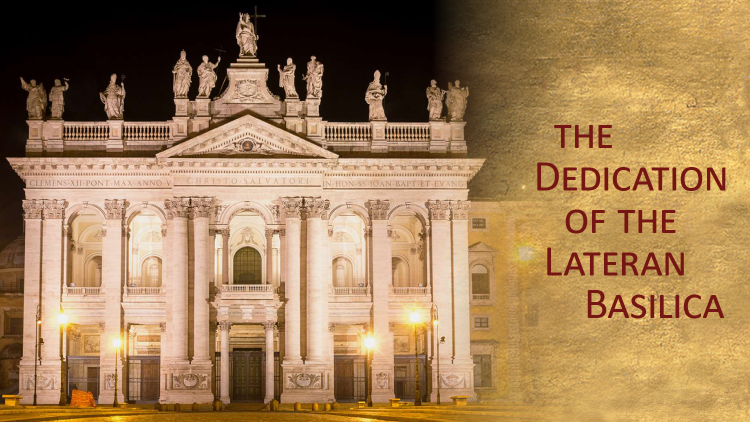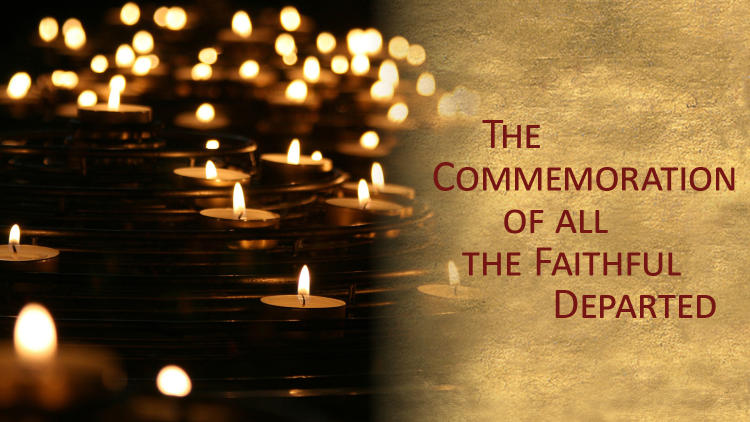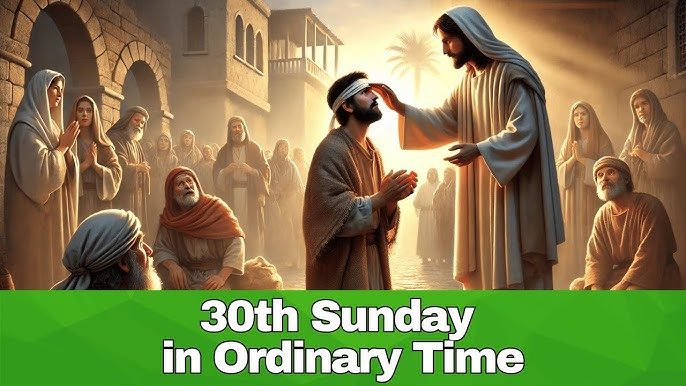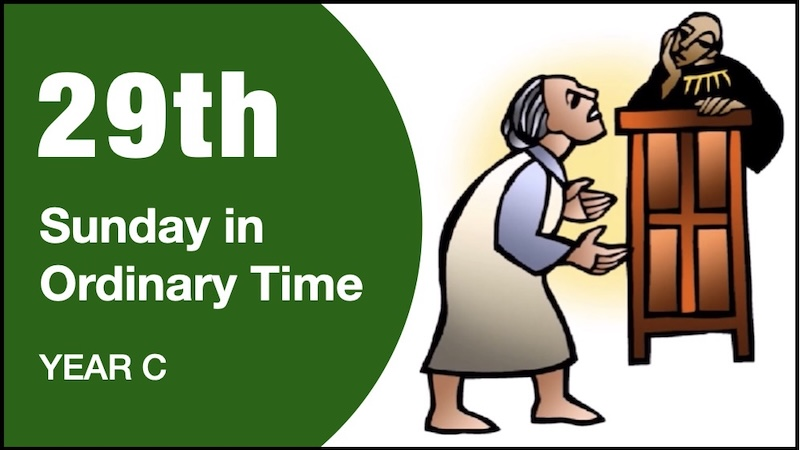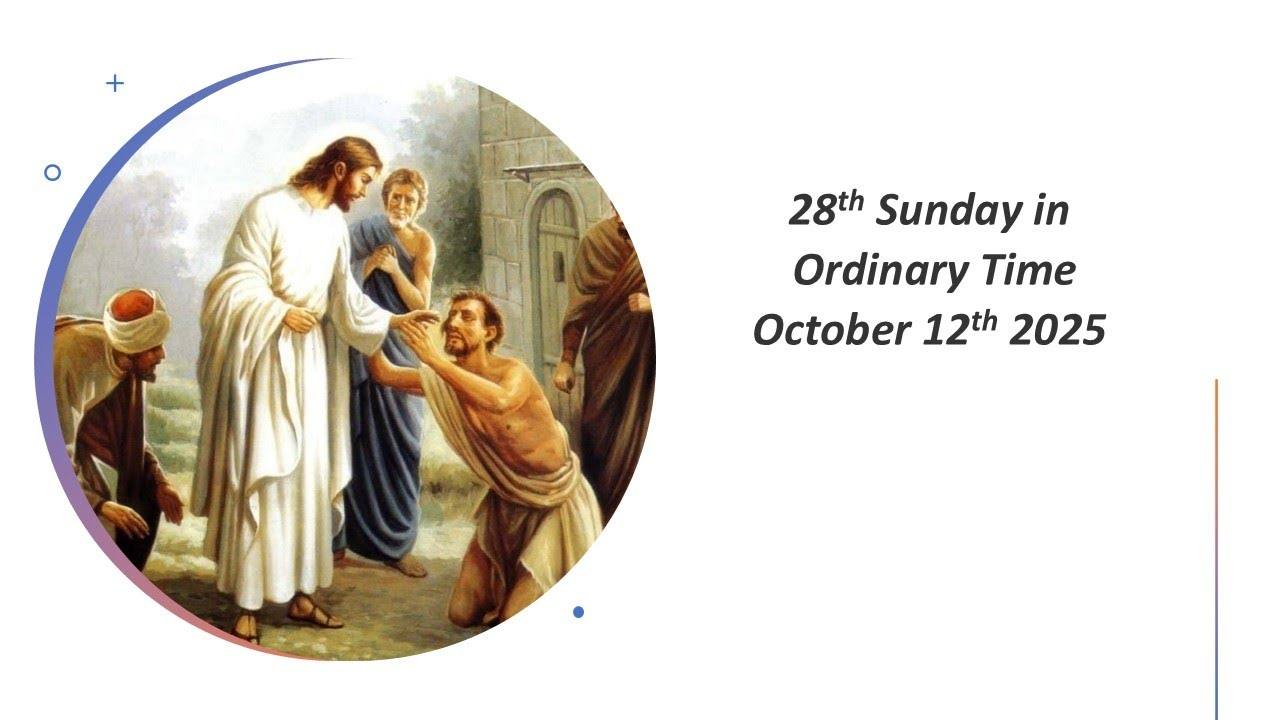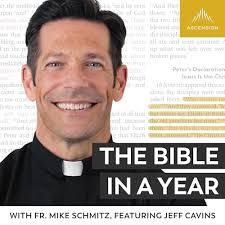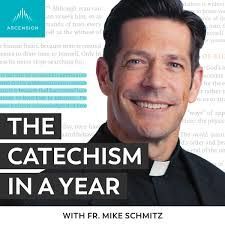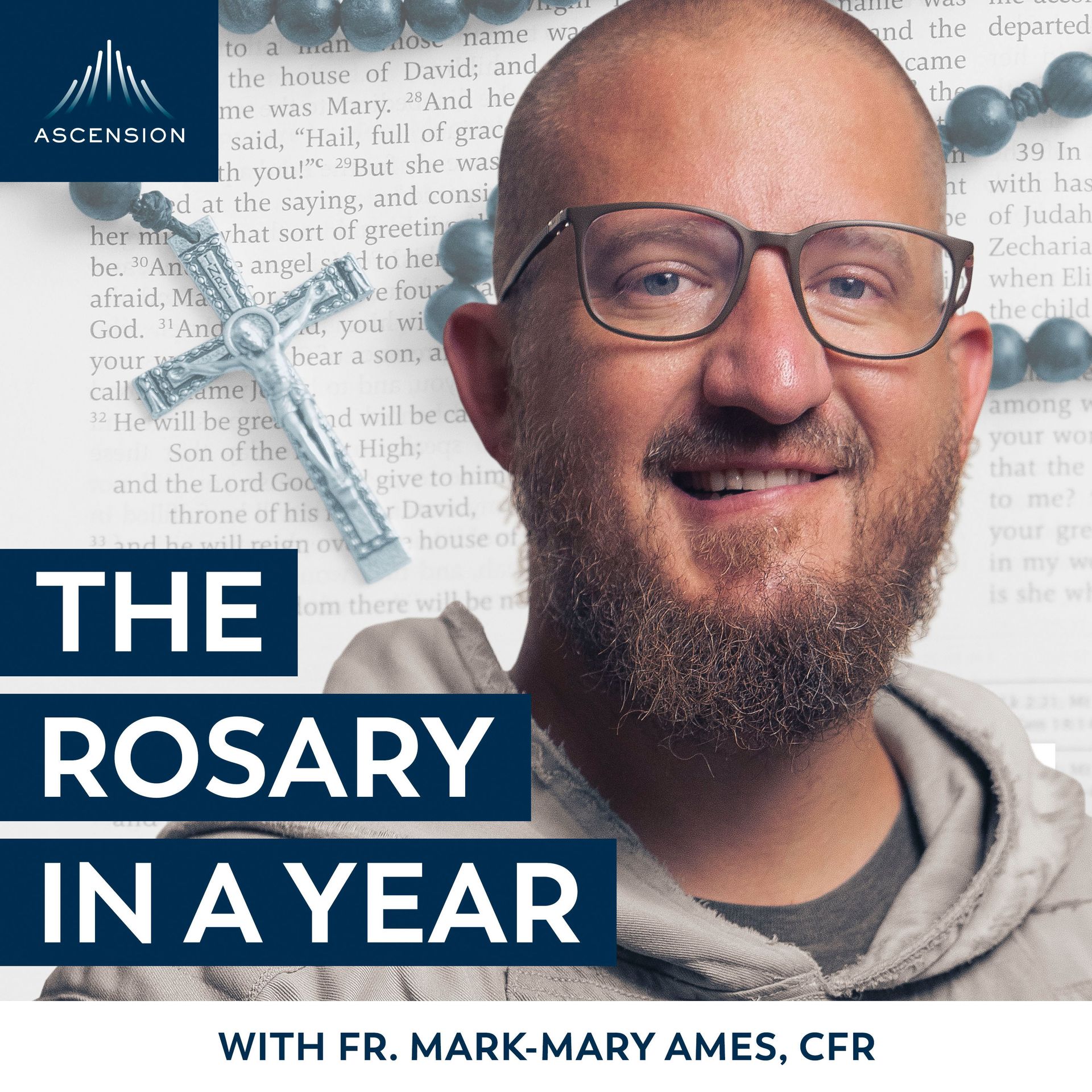Twenty-Ninth Sunday in Ordinary Time, October 22, 2023
Dear Friends,
This weekend we celebrate the 29th Sunday of Ordinary Time, Year A, and our scripture readings remind us that the Lord is king and there is no other. We are to render to God, therefore, fitting praise and service, as is God’s due. Paul reminds us in 1 Thessalonians that God’s word to us is a matter of power and strength, to be lived with conviction of heart.
I would like to invite you to attend a Praise and Worship experience (“Behold the Lamb of God”) at 7:00 p.m. on Tuesday, 24 October 2023. This is another way to rejoice in our journey as disciples of Jesus. Also, do not forget to stop by the grotto to pray the rosary at 6.30 p.m. every day of October.
In addition, we are offered a special event on Friday, 27th October: Rosary at the Grotto at 6:30 p.m. followed by Mass in the church at 7 p.m., and then a healing service by Fr. Jose Manyiangat. Fr. Jose had the incredible experience of dying and then being sent back to live for the Lord. Please come. It is an opportunity to receive a powerful renewal of soul and a healing of the body.
Please pray for our brothers and sisters in Israel and Palestine who continue to suffer the consequences of the inhumane and atrocious behavior of terrorists. We pray for the families of those who have died. May the souls of all who have died rest in peace!
Let us now move forward with the Post-Synodal Apostolic Exhortation of Pope Benedict XVI entitled: Sacramentum Caritatis.
Have a Blessed Week!
With love,
Fr. John
Week 17—SACRAMENTUM CARITATI S (THE SACRAMENT OF CHARITY: THE EUCHARIST)
CONTINUATION OF THE POST-SYNODAL APOSTOLIC EXHORTATION SACRAMENTUM CARITATIS OF THE HOLY FATHER BENEDICT XVI TO THE BISHOPS, CLERGY, CONSECRATED PERSONS AND THE LAY FAITHFUL ON THE EUCHARIST AS THE SOURCE AND SUMMIT OF THE CHURCH'S LIFE AND MISSION
PART ONE: THE EUCHARIST —A MYSTERY TO BE BELIEVED (continued)
“This is the work of God: that you believe in whom he has sent.” (Jn 6:29)
THE EUCHARIST AND ESCHATOLOGY
ART AT THE SERVICE OF THE LITURGY
- The profound connection between beauty and the liturgy should make us attentive to every work of art placed at the service of the celebration. (122) Certainly an important element of sacred art is church architecture, (123) which should highlight the unity of the furnishings of the sanctuary, such as the altar, the crucifix, the tabernacle, the ambo and the celebrant's chair. Here it is important to remember that the purpose of sacred architecture is to offer the Church a fitting space for the celebration of the mysteries of faith, especially the Eucharist. (124) The very nature of a Christian church is defined by the liturgy, which is an assembly of the faithful ( ecclesia ) who are the living stones of the Church (cf. 1 Pet 2:5).
This same principle holds true for sacred art in general, especially painting and sculpture, where religious iconography should be directed to sacramental mystagogy. A solid knowledge of the history of sacred art can be advantageous for those responsible for commissioning artists and architects to create works of art for the liturgy. Consequently it is essential that the education of seminarians and priests include the study of art history, with special reference to sacred buildings and the corresponding liturgical norms. Everything related to the Eucharist should be marked by beauty. Special respect and care must also be given to the vestments, the furnishings and the sacred vessels, so that by their harmonious and orderly arrangement they will foster awe for the mystery of God, manifest the unity of the faith and strengthen devotion (125).
LITURGICAL SONG
- In the ars celebrandi, liturgical song has a pre-eminent place. (126) Saint Augustine rightly says in a famous sermon that "the new man sings a new song. Singing is an expression of joy and, if we consider the matter, an expression of love" (127). The People of God assembled for the liturgy sings the praises of God. In the course of her two-thousand-year history, the Church has created, and still creates, music and songs which represent a rich patrimony of faith and love. This heritage must not be lost. Certainly as far as the liturgy is concerned, we cannot say that one song is as good as another. Generic improvisation or the introduction of musical genres which fail to respect the meaning of the liturgy should be avoided. As an element of the liturgy, song should be well integrated into the overall celebration (128).
Consequently everything – texts, music, execution – ought to correspond to the meaning of the mystery being celebrated, the structure of the rite and the liturgical seasons (129). Finally, while respecting various styles and different and highly praiseworthy traditions, I desire, in accordance with the request advanced by the Synod Fathers, that Gregorian chant be suitably esteemed and employed (130) as the chant proper to the Roman liturgy (131).
THE STRUCTURE OF THE EUCHARISTIC CELEBRATION
43. After mentioning the more significant elements of the ars celebrandi that emerged during the Synod, I would now like to turn to some specific aspects of the structure of the eucharistic celebration which require special attention at the present time, if we are to remain faithful to the underlying intention of the liturgical renewal called for by the Second Vatican Council, in continuity with the great ecclesial tradition. The intrinsic unity of the liturgical action.
- First of all, there is a need to reflect on the inherent unity of the rite of Mass. Both in catechesis and in the actual manner of celebration, one must avoid giving the impression that the two parts of the rite are merely juxtaposed. The liturgy of the word and the Eucharistic liturgy, with the rites of introduction and conclusion, "are so closely interconnected that they form but one single act of worship." (132) There is an intrinsic bond between the word of God and the Eucharist. From listening to the word of God, faith is born or strengthened (cf. Rom 10:17); in the Eucharist the Word made flesh gives himself to us as our spiritual food. (133) Thus, "from the two tables of the word of God and the Body of Christ, the Church receives and gives to the faithful the bread of life." (134). Consequently it must constantly be kept in mind that the word of God, read and proclaimed by the Church in the liturgy, leads to the Eucharist as to its own connatural end.
(122) Cf. Second Vatican Ecumenical Council, Constitution on the Sacred
Liturgy Sacrosanctum Concilium, 112-130.(123) Cf. Propositio 27.
(124) Cf. ibid.
(125) In these matters the provisions of the General Instruction of the Roman Missal, 319-351, are to be faithfully observed.
(126) Cf. General Instruction of the Roman Missal, 39-41; Second Vatican Ecumenical Council, Constitution on the Sacred Liturgy Sacrosanctum Concilium, 112-118.
(127) Sermo 34, 1: PL 38, 210.
(128) Cf. Propositio 25: "Like every artistic expression, singing must be closely adapted to the liturgy and contribute effectively to its aim; in other words, it must express faith, prayer, wonder and love of Jesus present in the Eucharist."
(129) Cf. Propositio 29.
(130) Cf. Propositio 36.
(131) Cf. Second Vatican Ecumenical Council, Constitution on the Sacred Liturgy Sacrosanctum Concilium, 116; General Instruction of the Roman Missal, 41.
(132) General Instruction of the Roman Missal, 28; cf. Second Vatican Ecumenical Council, Constitution on the Sacred Liturgy Sacrosanctum Concilium, 56; Sacred Congregation of Rites, Instruction Eucharisticum Mysterium (25 May 1967), 3: AAS 57 (1967), 540-543.
(133) Cf. Propositio 18.
(134) Ibid.


